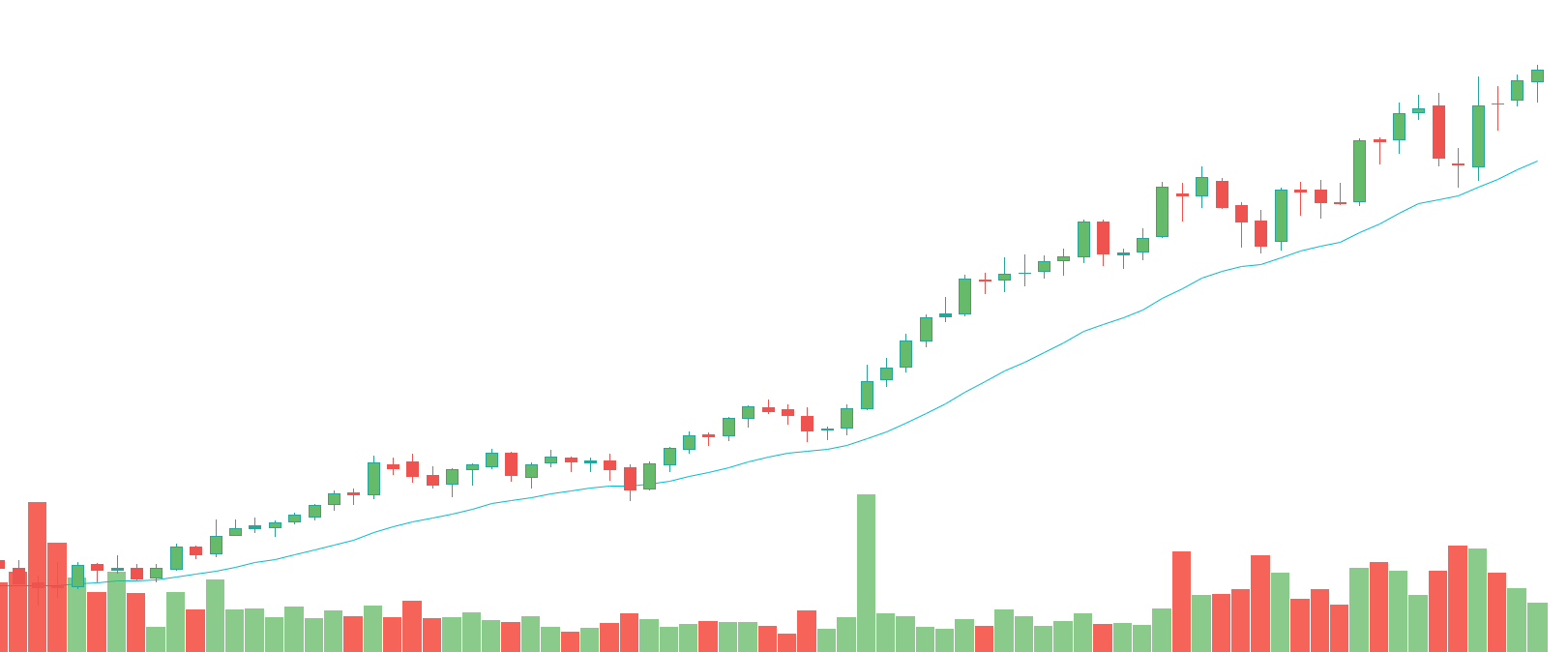

You can use it to calculatehow long it might take you to reach your savings target, based upon an initial balance and interest rate. You can see how this formula was worked out by reading this explanation on algebra.com. This formula can help you work out the yearly interest rate you’re getting on your savings, investment or loan. Note that you should multiply your result by 100 to get a percentage figure (%). Compound interest is calculated on the principal amount and the interest already accumulated on previous periods.
Even lowering your credit card interest rate by a single percentage point can have a big impact on how much you pay over time. A debt may compound interest annually, monthly, or even daily. These are used especially in banks, capital markets, and stock markets to estimate growth rates. At the end of the first year, you will have earned $10 in interest, for a total of $1,010. Master excel formulas, graphs, shortcuts with 3+hrs of Video.
Simple Interest
Instead of writing R/100 every time, we usually convert the rate into decimals by dividing by 100 to get r and substitute it in the formula P (1 + r)t. Let’s cover some frequently asked questions about our compound interest calculator. As we compare the compound interest line in our graph to those for standard interest and no interest at all, it’s clear to see how compound interest boosts the investment value over time. Annual Percentage Rate is the interest charged for borrowing that represents the actual yearly cost of the loan expressed as a percentage. Calculation of simple interest is very easy and easy to understand. The principal keeps changing due to the addition of accumulated interest during the period.
- The time interval for the calculation of interest can be a day, a week, a month, quarterly, or half-yearly.
- The interest rate stated on your investment prospectus or loan agreement is an annual rate.
- Start it in your 20s and be consistent with your payments into it.
- So, in about 24 years, your initial investment will have doubled.
A compound interest calculator is a simulation, that shows how investments grow with time. You need three parts to calculate the compound interest that is the principal amount, interest rate, and time for which the money is invested. The compound interest calculator consists of a formula box, where you enter the compounding frequency, principal amount, rate of interest, and the period. The calculator will show you the future value of your investments. In terms of investment, interest is paid on bank deposit investments like fixed, recurring, and even on the amount deposited in a savings bank account.
What are Compound Interest Formulas?
You must tweak the interest rates, investment duration and the investment amount to compare the return from various investments. You select the compounding frequency as daily, weekly, quarterly, semi-annually, or annually. Since you are having the interest compounded with the passage of time, your initial sum grows at a much faster rate than the simple interest . Compound Interest can be calculated yearly, half-yearly, quarterly, monthly, daily, etc as per the requirement. You can include regular withdrawals within your compound interest calculation as either a monetary withdrawal or as a percentage of interest/earnings. We at The Calculator Site work to develop quality tools to assist you with your financial calculations.

The interest that you earn is reinvested, instead of paying it out. If you are repaying a loan that charges compound interest, you are paying interest on the interest. If you earn compound interest on your investment, it grows without any further deposits. You may increase the deposits to raise the efficacy of the compound interest. The compound interest depends on the time period for which the amount is invested/borrowed.
What Is a Simple Definition of Compound Interest?
Use our interest calculator to calculate the possible growth of your savings and investments over time. We discuss what compound interest is and how it can help you reach your financial goals in our article below. The effective annual interest rate is the return on an investment or the rate owed in interest on a loan when compounding is taken into account. Compound interest benefits investors, but the meaning of investors can be quite broad. Banks, for instance, benefit from compound interest when they lend money and reinvest the interest they receive into giving out additional loans.
Suppose a principal amount of $1,500 is deposited in a bank paying an annual interest rate of 4.3%, compounded quarterly. U.S. mortgages use an amortizing loan, not compound interest. With these loans, an amortization schedule is used to determine how to apply payments toward principal and interest. Interest generated on these loans is not added to the principal, but rather is paid off monthly as the payments are applied.
Example 3: compound interest (compounding periods)
As the size of the investment continues to grow, it will earn interest to the total investment amount. This loop will continue allowing the investment to grow substantially without any additional investment capital. With time, this cycle has potential for a substantial growth of the original investment. Since the interest-on-interest effect can generate positive returns based on the initial principal amount, it has sometimes been referred to as the snowball effect of compound interest. Looking back at our example, with simple interest , your investment balance at the end of the term would be $13,000, with $3,000 interest. With regular interest compounding, however, you would stand to gain an additional $493.54 on top.
In Compound interest class 8, the calculation of compound interest is the same as simple interest every year with the principal renewed each time. If you keep a fixed amount in a bank, then every year some interest gets added to it. For example, to find the compound interest on Rs 1000 for 2 years at 10% per annum, we need to calculate the interest for each year separately. Compound interest calculator helps calculate the total returns as well as yearly returns in case you need to consider breaking such an investment as per your future financial planning.
If so, it is also advisable to consider pre-closure charges of the investment corpus. Compound interest is distinct from simple interest in that interest is earned both on the original investment and the interest accumulated so far, rather than simply on the principal. Because of this, accounts with compound interest grow faster than those with simple interest. For example, if your interest compounds annually, that means that you’ll gain more interest in the second year after your investment than you did in the first year. Invest Corp has launched a new investment product that has piqued Shankar’s interest.
It was wholly devoted to the subject , whereas previous writers had usually treated compound interest briefly in just one chapter in a mathematical textbook. Witt’s book gave tables based on 10% and on other rates for different formula for compound interest purposes, such as the valuation of property leases. Witt was a London mathematical practitioner and his book is notable for its clarity of expression, depth of insight and accuracy of calculation, with 124 worked examples.
Compounding frequency
The accumulation function shows what $1 grows to after any length of time. The interest on corporate bonds and government bonds is usually payable twice yearly. The amount of interest paid is the disclosed interest rate divided by two and multiplied by the principal. The yearly compounded rate is higher than the disclosed rate. “Per annum” or “annual” or “per year” – all mean the same.
It will generate more money compared to interest compounded monthly, which has only 12 compounding cycles per year. To calculate the compound interest, we just need to substitute the principal , rate r% (r/100), time , and the number of times the amount is compounded in the formula P(1 + r/n)nt – P. In all these formulas, P is the initial amount, ‘r’ is the rate of interest, and ‘t’ is the time period. Below is an example graph of an initial $1,000 investment.
Given a principal deposit and a recurring deposit, the total return of an investment can be calculated via the compound interest gained per unit of time. If required, the interest on additional non-recurring and recurring deposits can also be defined within the same formula . Compound interest is contrasted with simple interest, where previously accumulated interest is not added to the principal amount of the current period, so there is no compounding. The simple annual interest rate is the interest amount per period, multiplied by the number of periods per year. The simple annual interest rate is also known as the nominal interest rate . Compound interest accrues over the period a loan or a deposit is outstanding.
With over 15 years of experience, Chad specializes in retirement planning for oil and gas employees and executives as well as estate and investment strategies. Chad is a supporting member of the World Affairs Council and an emerging leader with the Global Independence Center . Typically, interest compounds annually, monthly, or daily. This means your compounding frequency (“c”) would be input as 12.
The nominal rate cannot be directly compared between loans with different compounding frequencies. Both the nominal interest rate and the compounding frequency are required in order to compare interest-bearing financial instruments. Compound interest is valuable for those who make deposits because it is an additional income for them the longer the deposit sits without withdrawals.
